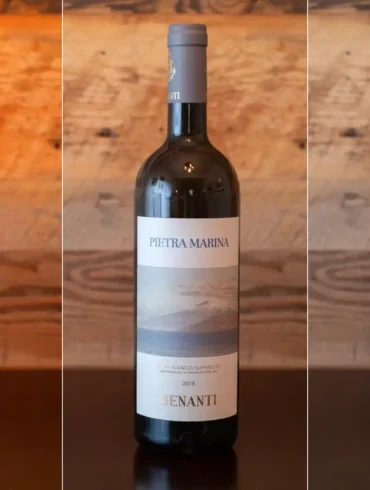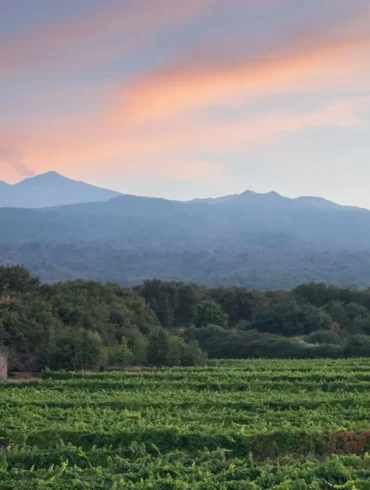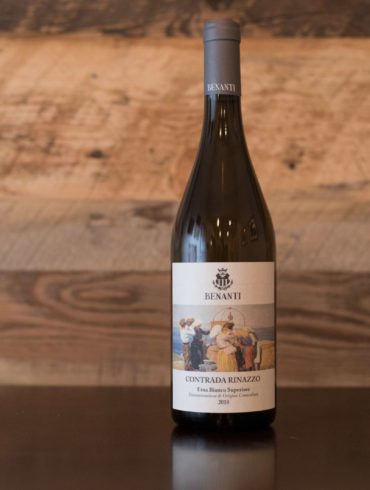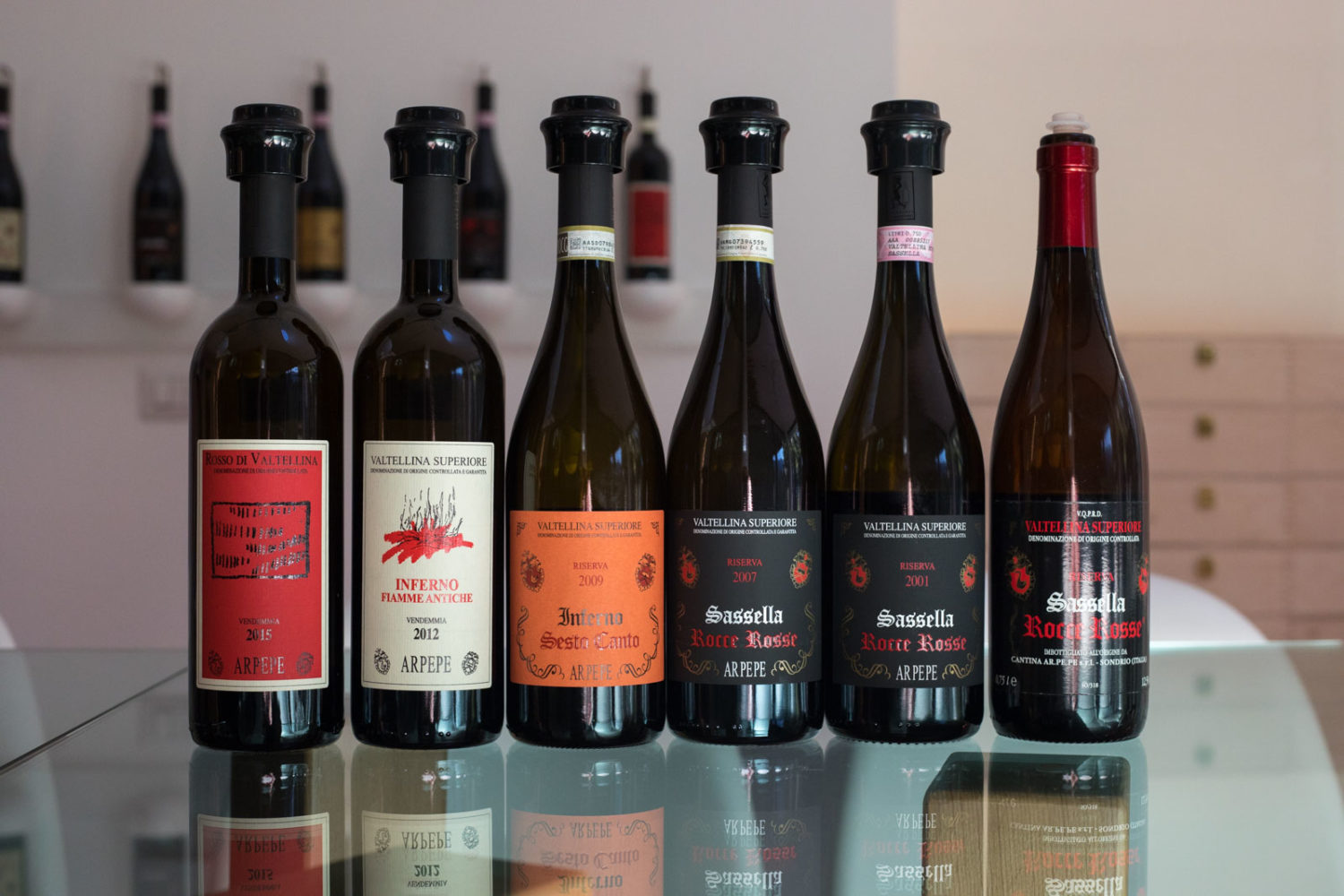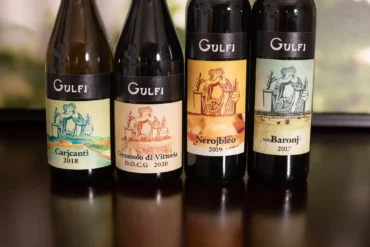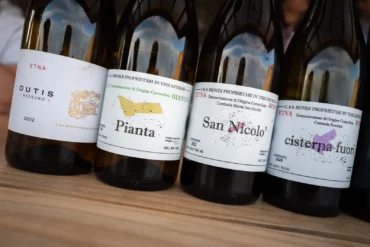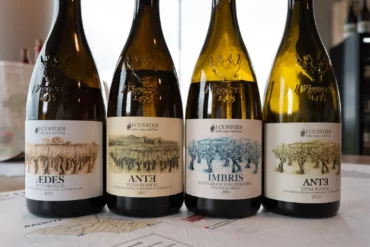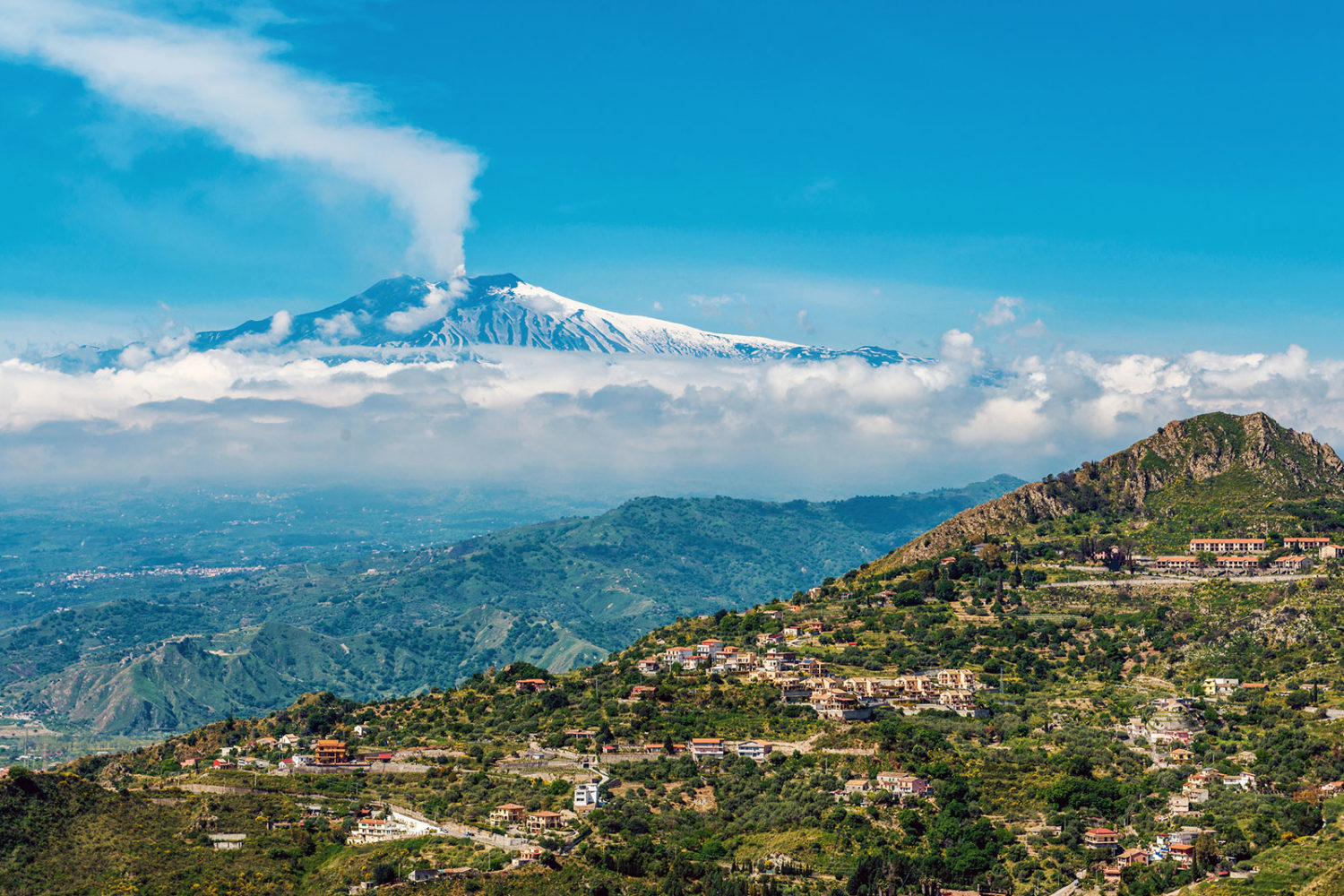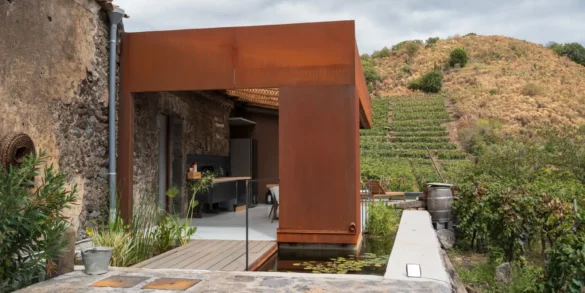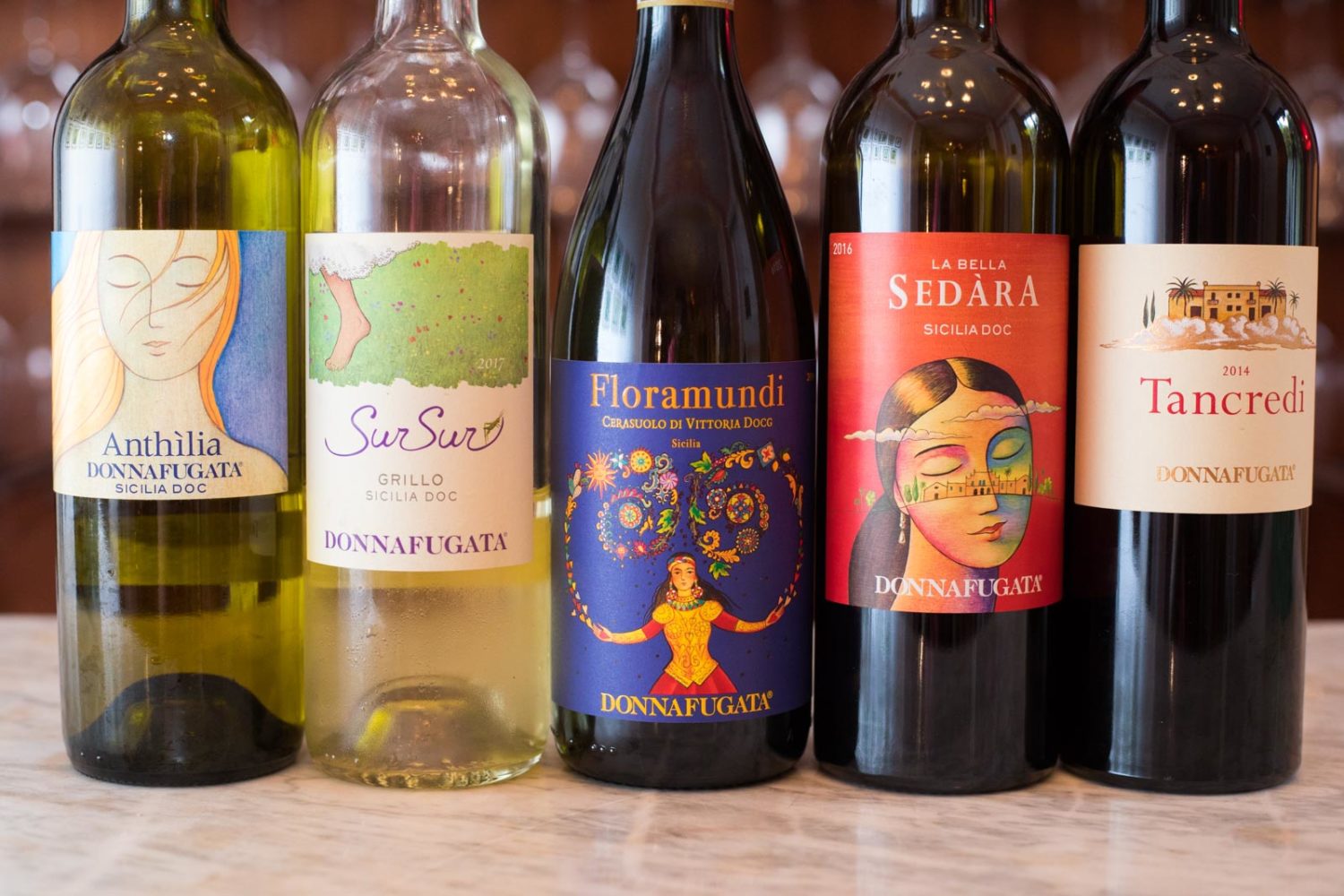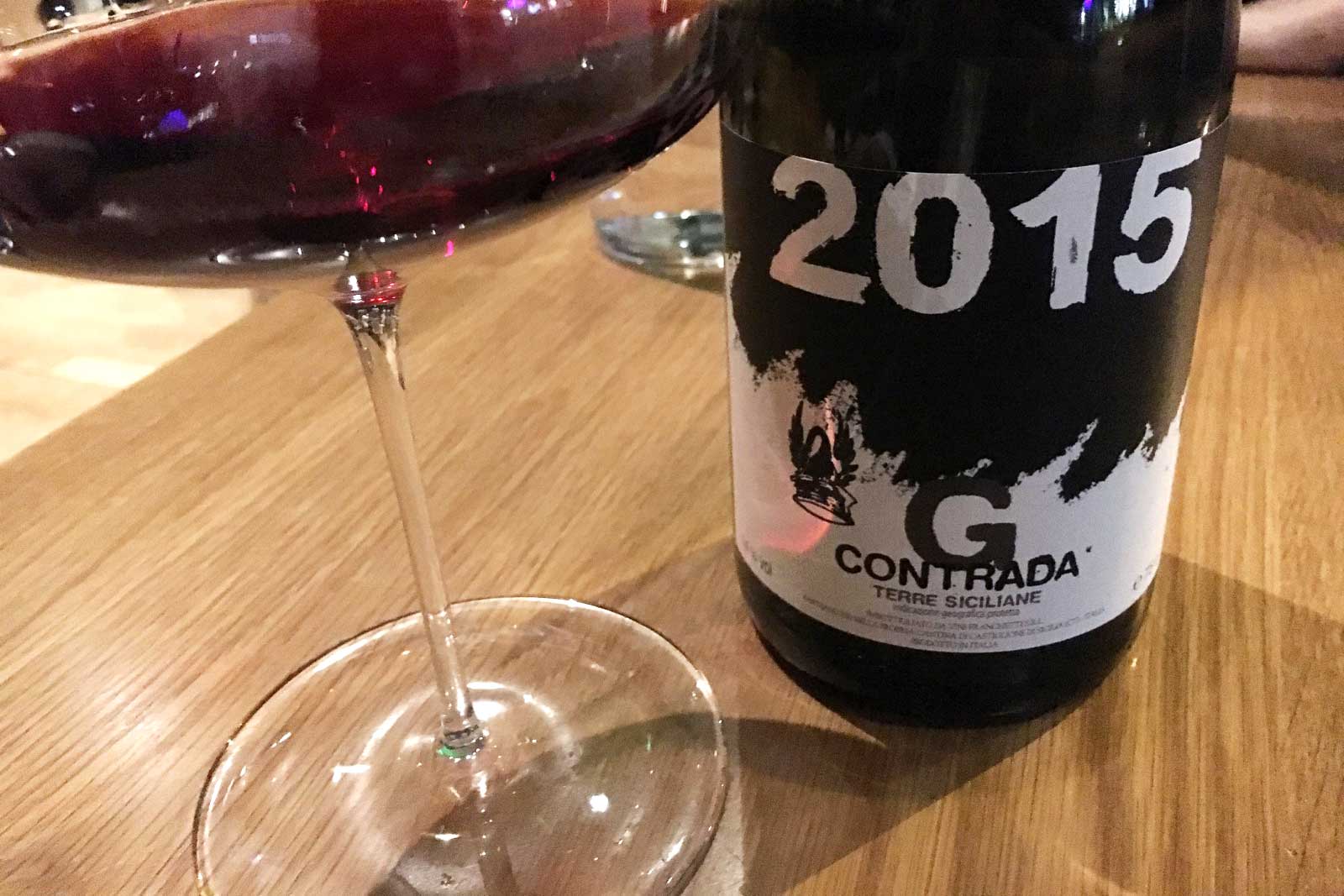Benanti
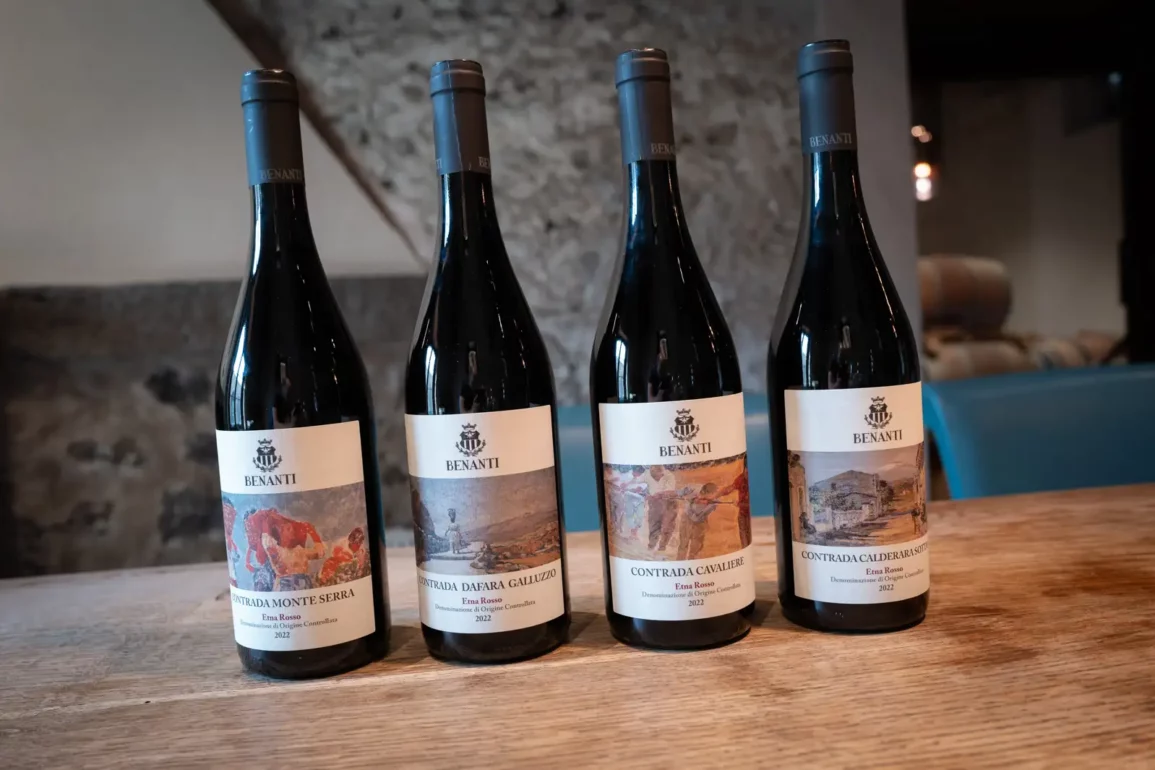
Why Benanti is Essential
In wine terms, the turnaround of the Etna DOC on Sicily — which truly gained steam in the 2000s and 2010s — has been nothing short of astonishing. Things do not move fast in Italy, and when you are talking about an industry that relies on slow-growing plants on the wind-beaten slopes of Europe's most-active volcano, notions of time and speed are ... well, a little different.
But in the 1980s, the ingredients were all there — not just for a turnaround, but for Etna to become an upper echelon wine-growing area. Abandoned terraces and ancient pre-phylloxera vines were everywhere, and most importantly, underneath them, lay a unique volcanic soil that was largely untainted by agrochemicals. What had been missing was a dedication to quality and the pride of place to promote it internationally, something that Giuseppe Benanti brought in spades when he kickstarted his winery in 1988. It is fair to assume that without him — and his twin sons, Antonio and Salvino, who now run the estate — the Etna we know today would be very different.
From the start, Benanti's focus was on those old vines and the indigenous grape varieties they yielded. Today, local grapes are all the rage, and rightly so. But in the late 1980s and early 1990s, no one in the international wine press would have batted an eyelash had Benanti uprooted the Nerello Mascalese in favor of Pinot Noir or Chardonnay and a quick buck. Instead, he doubled down on the local grapes, hired a talented young enologist in Salvo Foti and worked with consultants from Piedmont and Burgundy to give these grapes the special study they needed. By the late 1990s, Benanti's wines were garnering enough attention that others were coming to Etna, and they were seeking his advice. The trajectory was set, and while Etna (the mountain) today yields a panoply of wine styles from a gamut of different grape varieties — including Pinot Noir and Chardonnay, it must be said — the headline will always be Etna Rosso and Etna Bianco, the volcanically pure wines from Nerello Mascalese and Carricante, respectively. Benanti's groundwork gave us this gift.
Change is the only constant on Etna. It spews ash and lava, and it rumbles to life and shakes the ground from time to time. And the wines are a moving target as well, even though the industry is reaching a new phase in maturity. There continues to be a parade of new producers, some of them chasing points instead of pursuing terroir with patience.
Through it all, Benanti's wines have stayed at the top of the heap. In fact, they are one of the most impressive producers I have encountered, anywhere in the world. I can't decide if their wines are meticulously made or carefully ushered into existence; each one has sharp details and no stray threads, all of it speaking to remarkable craft and standards. However, they never lose their sense of wildness, a trait that could only come from the volcano and its varied soil and extreme weather.
I've tasted Benanti wines at trade tastings, in restaurants and ever-so-slowly at home, and they shine so much more in those last two contexts. They are deep, thoughtful and intriguing, and it helps to not have a lot of noise surrounding them to hear what they say. But once you cancel out the noise and go in for a taste, they register for what they are — some of the world's most profound wines.
Viagrande, Sicily
Grapes: Carricante, Nerello Mascalese, Nerello Cappuccio
Appellations/Cru: Etna Rosso DOC, Etna Bianco DOC
American Importer: Wilson Daniels
Originally listed: February 2021; Renewed: May 2024
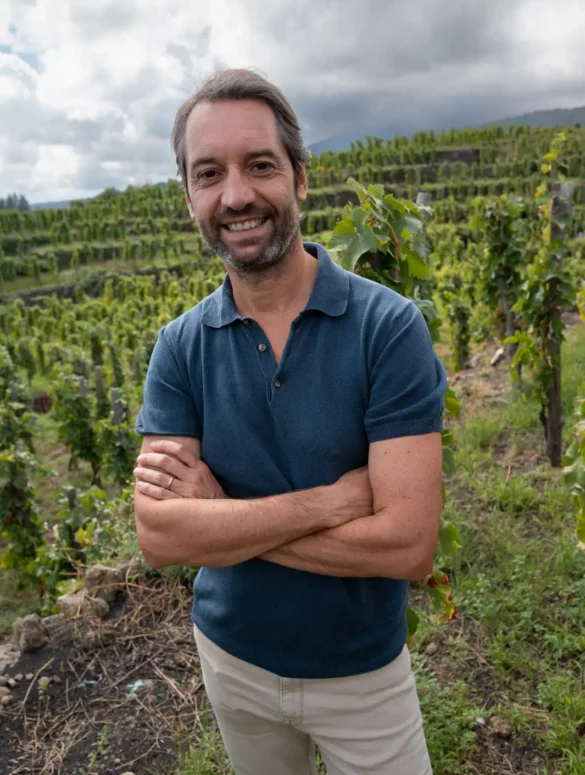 Salvino Benanti. ©Kevin Day/Opening a Bottle
Salvino Benanti. ©Kevin Day/Opening a Bottle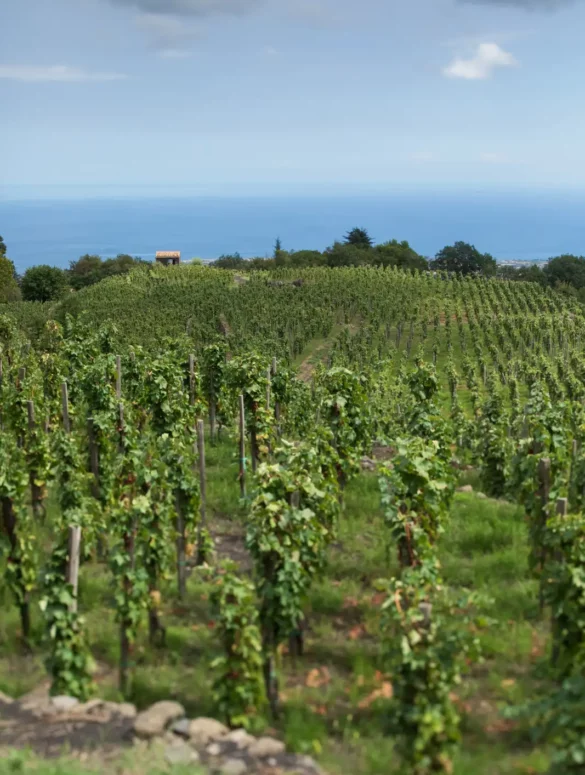 Benanti's Contrada Rinazzo vineyard in Milo yields the iconic Pietra Marina Etna Bianco Superiore. ©Kevin Day/Opening a Bottle
Benanti's Contrada Rinazzo vineyard in Milo yields the iconic Pietra Marina Etna Bianco Superiore. ©Kevin Day/Opening a BottleWines to Seek Out
Benanti's wines all benefit from a degree of aeration, but not to the extent that you have to fetch a decanter. The Etna Rosso wines usually hit their stride a year after release, and the Etna Bianco — in particular Contrada Rinazzo and "Pietra Marina" — benefit from 20 minutes in the glass to reveal their beautiful details. Every wine from this sterling estate is age-worthy.
Benanti "Noblesse" Terre Siciliane Carricante Spumante Brut &
Benanti "Lamorèmio" Etna Spumante Rosato Brut
It is rather amazing how this estate — so lauded for its Etna Bianco and Etna Rosso — quietly makes some of the best traditional-method sparkling wines in all of Italy. Nobody on Etna comes close to Benanti for sparkling wines, particularly when it comes to quality of the perlage. In fact, if Benanti's spumante is available on a wine list, you can skip over every Franciacorta you see.
"Noblesse" foregoes the Etna DOC rules by leaning in exclusively on Carricante from Etna's eastern and southern slopes. The 48 months of lees aging seems to impart a beautiful, nutmeg-like spice trait to Carricante's radiance and volcanic energy. Meanwhile, "Lamorèmio" adheres to the Etna DOC rules with a rosato version of Nerello Mascalese that annually sees 24 months on the lees. It's fresh, poised and redolent of strawberries, nutmeg and grapefruit-like citrus.
Benanti Contrada Rinazzo Etna Bianco Superiore &
Benanti "Pietra Marina" Etna Bianco Superiore
Within one Contrada Rinazzo plot in the village of Milo, comes two of the greatest white wines in all of Italy. They are ambitious yet subtle, broad-reaching in their creativity yet focused in their precision, and riddled with mysteries. For me, this is where Benanti emerges from being an essential winemaker of Etna, to being an essential winemaker on the global stage.
The main difference between the two wines is seemingly minor, but it makes a world of difference. First off, both wines come from the same vineyard on Etna's eastern slope in the village of Milo, the only sector of the mountain allowed the Etna Bianco Superiore designation. The vines on average are 80 years old, growing at an elevation of 2,600 feet facing the Straits of Messina. And their roots? They're digging into an especially fine grained volcanic soil hailing from a rather recent lava flow in 1669.
"Pietra Marina" is an annual selection of the top vines from the vineyard — typically from a sector with more porous, rocky soils — which are increasingly the younger vines from a clone and rootstock the Benanti brothers selected in 2015. The rest — which used to bolster the basic Etna Bianco — now goes into Contrada Rinazzo, a wine they introduced during the pandemic. There is also a difference in the two wines' time on the lees in stainless steel once they reach the winery (12 months for Contrada Rinazzo, 30 months with "Pietra Marina," plus an additional year in bottle for the latter).
Describing these wines must come with the caveat: the vintage variation is enormous, and the stage of maturation in which you taste them is also important. Nonetheless, they're totemic shape-shifters, especially "Pietra Marina," which strikes me as a “minerality maximalist.” Be patient with these wines in the glass: what may seem hidden at first quietly emerges with beauty within 20 minutes of aeration.
Benanti Etna Rosso
When it comes to a first-taste of Etna Rosso, all you need is Benanti's entry-level version. Suggestive of morello charries and ashiness, the wine has more than a few tricks up its sleeve to please palates accustom to Pinot Noir or even Nebbiolo. This is the consummate "Welcome to Etna" wine.
Benanti Contrada Monte Serra Etna Rosso
Benanti's Contrada series of Etna Rosso all sing from the rafters. The Monte Serra hails from a specific vineyard on the southeastern slope of Etna, right above their main winery, with some of the vines dating back over 100 years in age. It is concentrated but not dense, and the finish registers for a long and steady interval. One of Etna's absolute top wines.
Benanti Contrada Cavaliere Etna Rosso
Of Benanti's wines, the Contrada Cavaliere mimics the volcano the most: the aromas simply erupt from the bottle when the cork is pulled. Like a thoroughbred racehorse out of the gate, its focused, purposeful tones lead with the "usually tertiary" tones of leather, candle smoke and herbs. It's only underneath this surface that the strong-willed fruit shows up to do its job, yielding a wine of pure deliciousness.
Benanti Contrada Dafara Galluzzo Etna Rosso
More peppery and savory on the nose (but still with that Benanti air of refinement), Contrada Dafara Galluzzo comes from a jumbled series of terraces uphill of Rovitello on the north slope. A little more fruity than the other Contrada Etna Rosso wines, it offers a bit of fleshiness while maintaining a compact structure — the energetic tannins typically need a few years to cool into something silky and supportive, so cellar accordingly.
Benanti Contrada Calderara Sottana Etna Rosso
The most complete, the most fully formed, and the most elegant of Benanti's Etna Rosso wines, the Contrada Calderara Sottana strikes me as the wine to reach for if your palate is happiest in Burgundian territory. It has brilliant red cherries, raspberries, black tea aromas and a radiance on the palate that is surprising. Minerality shines on the finish, although it can be a big wine with a touch of higher alcohol.


